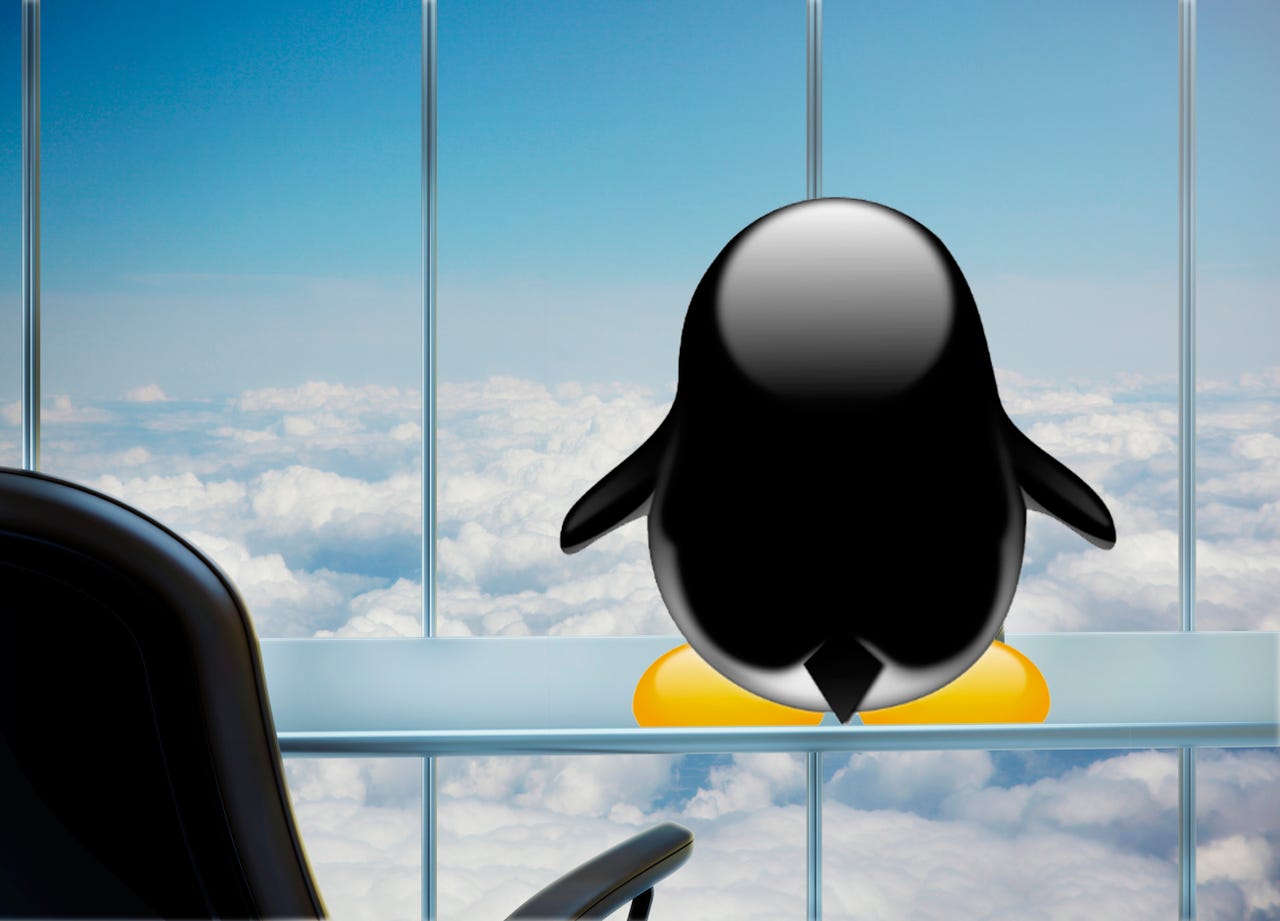IT runs on the cloud, and the cloud runs on Linux. Any questions?


Image: ZDNet
Like it or lump it, the cloud is taking over IT. We've seen the rise of the cloud over in-house IT for years now. And, what powers the cloud? Linux.
A recent survey by the Uptime Institute of 1,000 IT executives found that 50 percent of senior enterprise IT executives expect the majority of IT workloads to reside off-premise in cloud or colocation sites in the future. Of those surveyed, 23 percent expect the shift to happen next year, and 70 percent expect that shift to occur within the next four years.
This comes as no surprise. Much as many of us still love our physical servers and racks, it often doesn't make financial sense to run your own data center.
It's really very simple. Just compare your capital expense (CAPEX) of running your own hardware versus the operational expenses (OPEX) of using a cloud. Now, that's not to say you want to outsource everything and the kitchen sink, but most of the time and for many of your jobs you'll want to move to the cloud.
In turn, if you're going to make the best use of the cloud, you need to know Linux.
Amazon Web Services, Apache CloudStack, Rackspace, Google Cloud Platform, and OpenStack all run Linux at their hearts. The result? By 2014, Linux server application deployments had risen to 79 percent of all businesses, while Windows server app deployments had fallen to 36 percent. Linux has only gained more momentum since then.
Even Microsoft understands this.
In the past year alone, Azure Chief Technology Officer Mark Russinovich said, Microsoft has gone from one in four of its Azure virtual machines running Linux to nearly one in three.
Think about that. Microsoft, which is switching to the cloud for its main source of revenue, is relying on Linux for a third of its cloud business.
Even now, both those who love Microsoft and those who hate it have trouble getting their minds around the fundamental shift of Microsoft from a proprietary software company to an open-source, cloud-based service business.
Linux's penetration into the proprietary server room is even deeper than it first appears. For example, Docker recently announced a public beta of its Windows 10 and Mac OS X releases. So, does that mean Docker is porting its eponymous container service to Windows 10 and the Mac? Nope.
On both platforms, Docker runs within a Linux virtual machine. HyperKit on Mac OS and Hyper-V on Windows. Your interface may look like just another Mac or Windows application, but at heart your containers will still be running on Linux.
So, just as the vast majority of Android phone and Chromebook users have no clue they're running Linux, so too will IT users continue to quietly move to Linux and the cloud.
Related Stories: